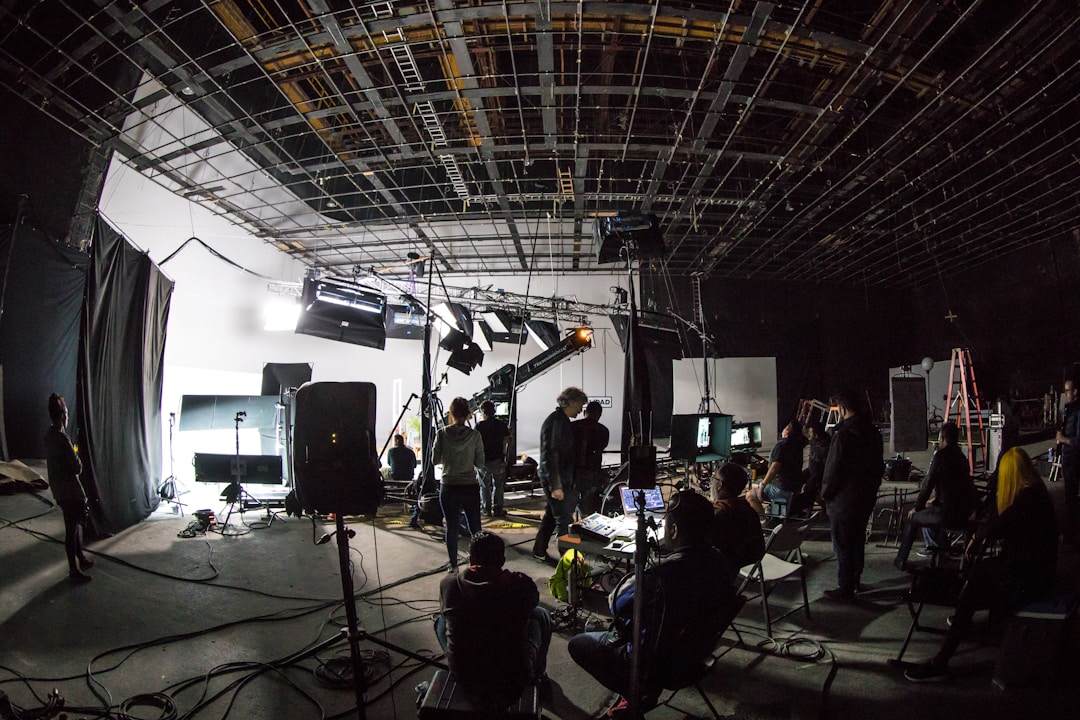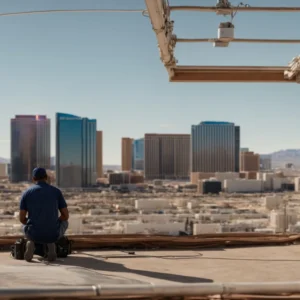On a film set, maintaining organization is essential for smooth production. The proper organization not only streamlines the workflow but also ensures the safety of the cast and crew. A chaotic set can quickly become a nightmare, causing delays and loss of productivity. To avoid any potential disaster, it’s crucial to establish a method for organizing and handling equipment on set. In this article, we will outline the best practices to manage and organize your equipment, which will benefit you on any film set, regardless of size or budget. Keep reading to learn how to improve your film set’s organization today.
Collaborating With Your Team

Communication is key when it comes to equipment organization on set. Ensuring that your team is aware of the designated storage locations and systems in place is crucial for maintaining a tidy workspace. Equally important is ensuring that your team embodies a strong sense of responsibility, making sure each member is accountable for returning equipment to its proper place after use.
One way to facilitate collaboration between departments is by holding regular meetings to discuss equipment issues and best practices. For example, the director of photography may request input from the grip and electric departments when managing complex lighting setups. Industry professionals like Ekaterina Baker will need equipment when shooting, and it’s important that crew members and production assistants have convenient access to what actors need for a scene.
Collaboration between team members improves overall organization and also fosters a sense of unity and pride in working together toward a shared goal.
Utilizing Off-Site Storage
For larger productions or those working with limited on-set space, the use of off-site storage facilities can be a game-changer. Access to a secure, organized storage space can make a massive difference in equipment management and overall organization. Off-site facilities, such as 24 hour self storage, can provide valuable extra storage space and peace of mind.
An off-site storage facility ensures that your on-set workspace is clutter-free and prevents unnecessary wear and tear on your equipment. Additionally, transporting equipment to and from the storage unit can be done on an as-needed basis, ensuring only essential gear is present during production.
When choosing a storage facility, ensure it provides round-the-clock access and adequate security measures to protect your valuable equipment. Keep in mind that investing in an off-site storage solution contributes to a well-organized film set and significantly reduces logistical headaches.
The Importance of Proper Equipment Storage

Ensuring that all equipment is securely stored plays a crucial role in preventing damage and loss. It’s essential to protect your investments and keep the gear functioning well for longer periods. Proper storage can also help reduce the time spent searching for equipment during production, minimizing delays and improving efficiency.
When storing equipment, consider investing in specialized cases and containers to safeguard against potential damage from bumps, drops, and moisture. Additionally, make sure to keep gear either off the ground or on sturdy shelves to avoid potential water damage. While these methods may require an upfront investment, they will save you money in the long run by avoiding costly repairs and replacements.
Another consideration is the accessibility of gear, which means having them organized in a way that allows for easy retrieval. The fewer seconds wasted searching for the right piece of equipment, the smoother your production process will be. This brings us to our next point: labeling and cataloging.
Labeling and Cataloging Equipment
Having all of your equipment properly labeled and cataloged not only helps you keep track of everything, but it also makes it much easier for team members to find what they need quickly. Begin by labeling all equipment with clear, easy-to-read identifiers that describe each item’s function.
When working with a larger team, consider implementing a barcode system or using a mobile app that allows staff to scan equipment in and out. This helps monitor the movement of gear between departments and ensures it is accounted for at all times. Another way to keep track of your inventory is by creating a comprehensive catalog indicating each item’s location and other pertinent information.
While it may seem like a tedious task, investing time in proper labeling and cataloging will save you valuable hours on set, especially during fast-paced productions where every second counts.
Altogether, implementing a comprehensive equipment organization system on a film set is essential to streamline workflow, improve communication, and maintain a safe and efficient production environment. By prioritizing proper storage, labeling, teamwork, and off-site storage, you can ensure a more organized and efficient film set, leading to successful productions and a fulfilling career in the film industry.





